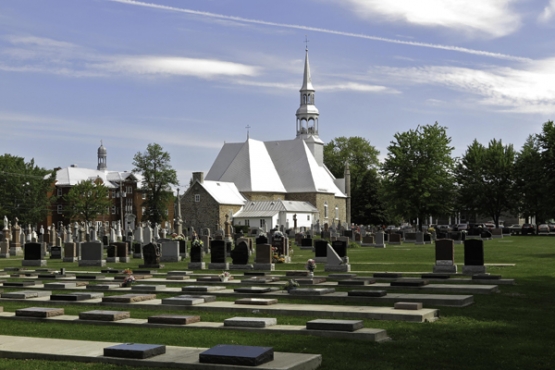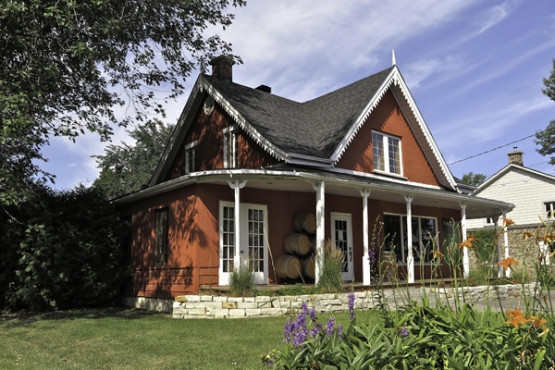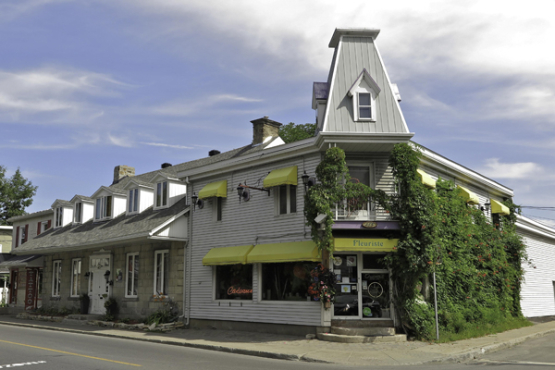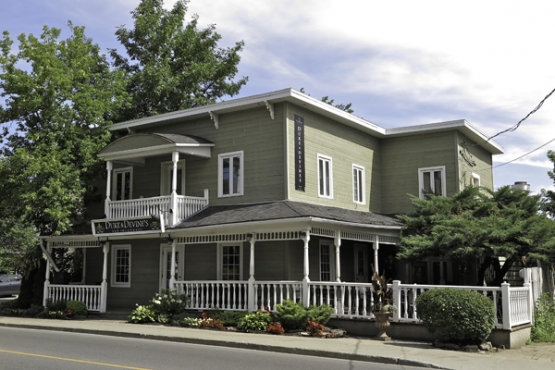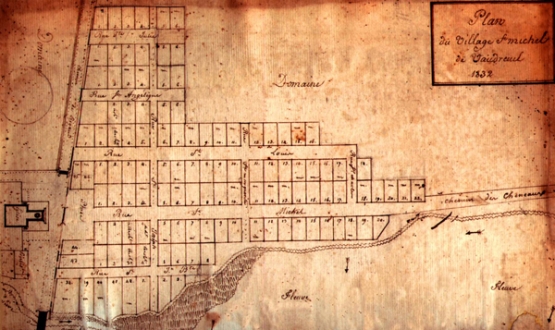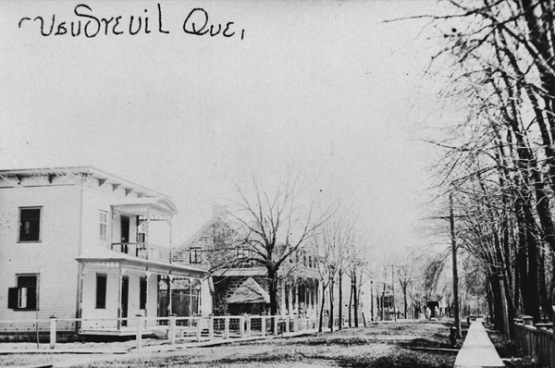OLD VAUDREUIL AND FORMER SAINT-MICHEL DE VAUDREUIL VILLAGE
Interesting places nearby
Although the seigneury of Vaudreuil was created in 1716, a small village center developed only 70 years later1. Its main developer was Michel Chartier de Lotbinière (1723-1798), owner of the seigneury since 1763. It is in his honour that the village and religious parish are called Saint-Michel. The sector is located at the junction of the seigneury's major roads: the "grand chemin de Vaudreuil" (Saint-Charles Avenue), the "chemin de la Petite Rivière Quinchien" (Jeannotte Street and Cité-des-Jeunes Boulevard) and the "chemin des Chenaux" (Saint-Michel Street and Chemin des Chenaux). After discussions between the seigneur, his tenants, and Bishop Jean-Olivier Briand (1715-1794) of Québec City, a six-acre plot of land was donated and a presbytery-chapel was built in 1772 (same site as the current presbytery). Newly appointed seigneur in September of 1771, Michel-Eustache-Gaspard-Alain Chartier de Lotbinière (1748-1822), requested surveyor Pierre-Rémy Gagnier (1760-1817) to draw the official plan of what would become the "Vaudreuil Bourg" in 1783.

